Cape’s Escape Games (Switch Series Review)
December 3, 2021 2 Comments
As previously stated in what became the least-viewed feature in the entire history of Indie Gamer Chick, the Vice Family has a new pastime: Escape Rooms. Certainly healthier than our previous pastime: smoking copious amounts of tobacco while sitting on our fat asses and binge-watching old TV shows. Escape Rooms have been our post-Covid salvation. You go into room, they “lock” you in (there’s typically no actual lock for safety reasons, though we did once do a room where we started handcuffed), and you work together to solve puzzles to hopefully exit the room (or in some cases simply unlock a primary treasure chest) before time expires. It’s normally an hour time limit, but sometimes you only have 45 minutes if it’s a shitty room made by cheapskates. In my experience, the 45 minute rooms are the ones that put in the least effort anyway. Either way, Escape Rooms can get expensive. When it’s my parents, Angela, and me, it usually runs us $100 per room. We’ve paid as much as $300 for a single room when we did one with my brothers from different mothers Reggie and Christian and their wives and kids. Spendy, yes, but it’s such a great time. Seriously: if you’re looking for a great Christmas gift, check to see if there’s escape rooms in your area and buy someone the experience. You’ll be hooked. You’ll also find out who among your friends and family are the dumb ones. Of course, you risk finding out it’s you. Not that I would know anything about that. Cough.

On mobile, this game is called “Cape’s Extra Room.” On Switch, FOR NO REASON, it’s called “Cape’s Escape Room 2.5.” That makes it sound like the same room as #2 with different puzzles. It’s not. At all. It’s an entirely different room, in an entirely different location, with entirely different puzzles. I met developer Alignment Sharp on Twitter and confirmed that he doesn’t speak English at all, so some of these quirks seem to be a result of poor translation. The dude has talent and honestly I’d love to see him design an actual real life Escape Room.
Of course, that experience can’t possibly translate to a video game. According to my non-seizure-having family, doing the rooms in VR isn’t remotely the same as real rooms with real props. So, translating the experience in a video game is tough. I’ve done several Escape Room video games lately and all of them fall short. Usually, it’s via clunky controls and unstable engines. That’s why it’s funny that the closest I’ve seen any game come to feeling like the real thing is any of the releases in the VERY cheaply made series called Cape’s Escape Games. There’s five of these on Nintendo Switch and presumably more coming since this series runs ten-deep on the iPhone App Store, where the franchise originated. This review covers the whole shebang, including future releases, because no matter which room you buy, all games offer the same fundamental experience. One that is being shit on by other critics, and I don’t get it. Did they even play it, or did they take one look at the graphics and thumb their snotty noses up at it? Because this was far and away the best I’ve seen any Escape Room video game come to feeling authentic so far. They’re really not bad at all, as long as you ignore the writing and the mediocre visuals. Basically, if Kevin Smith did a video Escape Room, it’d be this.

As you’ll notice in this screenshot, there’s no word-wrap in the dialog. It’s SO annoying. It’s hard to believe that one of the best options the Cape series offers is turning the story off, but you can. It’s a shame, because Cape is hella cute, but the actual dialog is overly sexual and so cringey. These should ideally be good games for the whole family, and they still are.. as long as you turn the story off. Like, immediately. Before the kids are in the room.
Unlike the more higher-end Escape Room video games, the Cape series doesn’t have a physics engine or a 3D environment to deal with. Everything is handled like an old-timey adventure game with static screens and items to collect. But, instead of having to deal with LucasArts style octopus logic (“mix the stick with the trashcan to arm the racoon to overthrow the mayor who in turn gives you a key..” YEA, THAT MAKES PERFECT SENSE!), the puzzles are exactly the type you find in Escape Rooms. They’re scattered along a small handful of interconnected rooms, along with hints to how to solve them. You have to figure out the sequential order of the puzzles, since solving one always unlocks something essential towards another. This process repeats until you get the final key that unlocks the ultimate door. There’s a story framed around a ghost named Cape that keeps trapping people in these places, but it’s poorly translated from Japanese, overly horny (the implication being that the main person Cape keeps trapping is a pervert), and completely skippable. In fact, you can disable it in the menu, and I strongly suggest doing so. I know this sounds weird coming from the girl who paused the ending of Walking Dead: Season 2 to go play with herself in celebration of her most hated character finally dying, but there was NO REASON for these games to have that type of “humor” in them. What the Cape’s Escape Games do best is perfectly replicate the type of puzzle design you see in real life escape rooms. They took a “less is more” approach that makes every game in the series a genuine joy to experience.
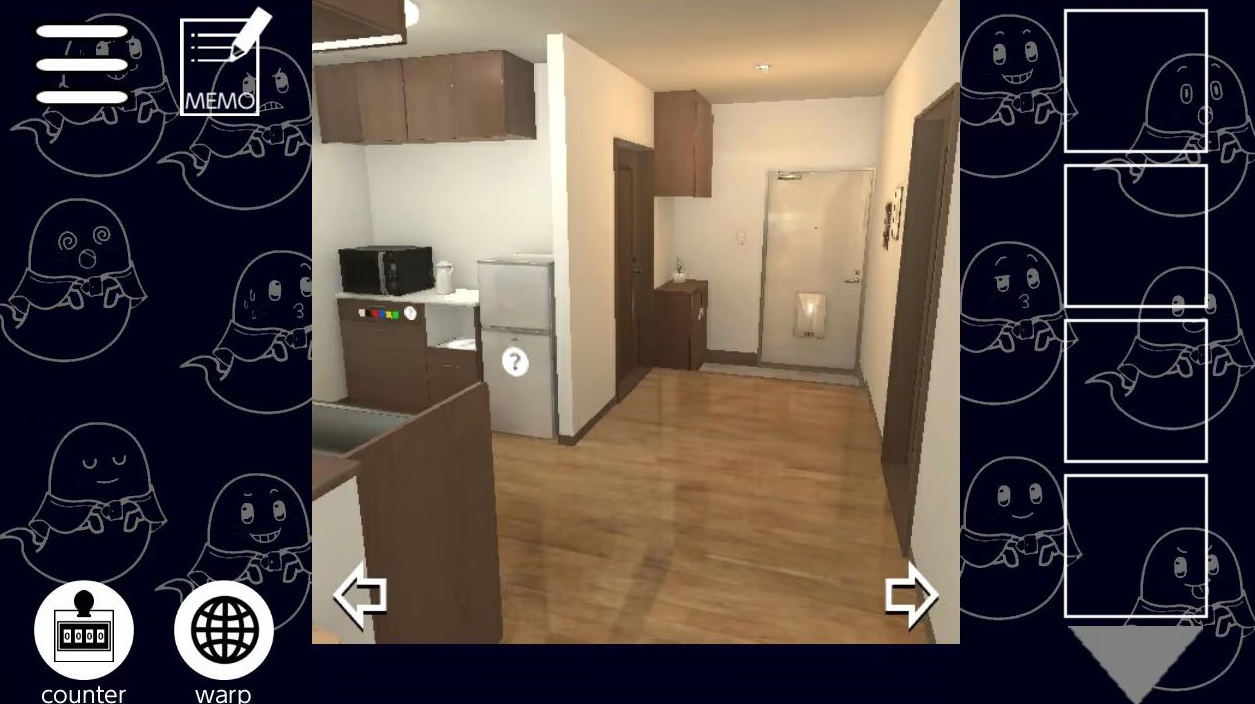
Sure, it’s not much to look at. It won’t win any awards for presentation, but actual effort is made to assure you can locate the puzzles and figure out your way around the room. If you get lost, there is a hint system which can do as little as point you at the next puzzle you’re scheduled to solve, which I confess, we did use once or twice. Hey, we had shit to do! Mostly play other Cape’s Escape Games, but that counts.
So, for example, a drawer might have a lock with a different color for each number, while somewhere else those colors are represented by X amount of colored objects. Count how many of each object, input those numbers into the lock, the drawer opens, and you get something that helps you solve the next puzzle. None of the puzzles are obtuse, with one exception (more on that in a bit). Repeat that for an hour each game and it’s done. Usually, Escape Room releases have no replay value, but Alignment Sharp also included an after-the-game mode where you find various hidden ghosts. Nice addition, but really, you’re paying $3 – $9 (depending on the release) for a one-and-done hour or so experience. That’s fine. Not every game has to be a permanent investment that will be fun for ever and ever, people. If you think $3 for an hour is too expensive, you’re a snot. Hell, we pay $30 every month FOUR TIMES OVER for Escape Room-at-home subscriptions from Cratejoy (we get Deadbolt Mystery Society, Finders Seekers, The Conundrum Box, and the bi-monthly Escape the Crate, at a combined cost of around $140 a month with shipping & handling figured in) that also take roughly an hour or two to finish and offer no replay value. Of course, too many people these days expect every game to last a lifetime. Right. And how many arcades let you take home the machine you dropped a quarter into for 90 seconds of gameplay? Christ, you people crack me up sometimes.

Which of the five games is this from? Honestly, it doesn’t matter. They’re all basically the same level of difficulty. Gun to head, my Dad and I agreed Cape’s Escape Game 3rd Room was very narrowly the hardest of the series. Or was it? We did finish it at like two in the morning, so it’s possible our brains weren’t firing on all cylinders.
Of course, the Cape’s games don’t have the charm of being a real life escape room OR an escape room box with physical maps/puzzles/trinkets. But, you’re also paying a fraction of the price. In fact, I’d say that these are excellent games to spend very little money on and sample if the Escape Room experience is something you’d be interested in. There’s only one puzzle in the entire franchise that we agreed was bullshit. In the second game (I think it was the second game), you have to call up your note pad and use the transparency filter, which suddenly reveals a clue that you couldn’t see before. That’s the only such puzzle like that in the entire game. Otherwise, you never have to use the built-in tools or counters. You can sit and play the game with a notepad and a pen, and it works better than the tools provided.
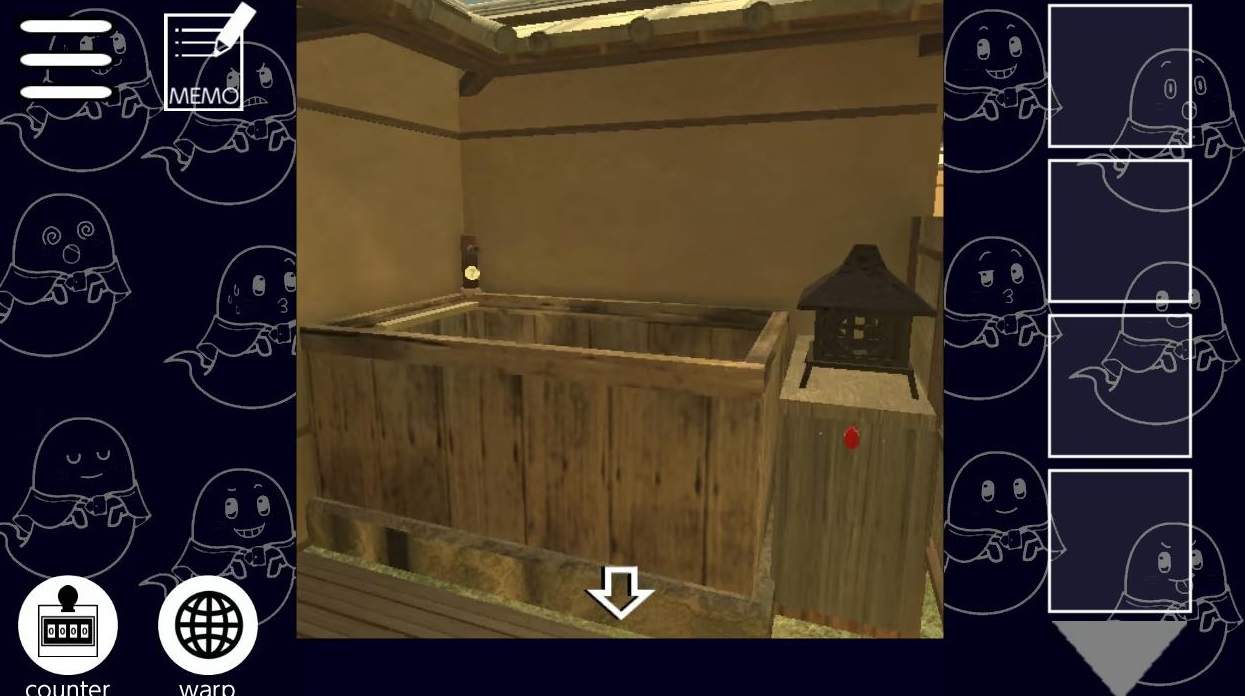
There’s a learning curve to navigation, and occasionally it’s hard to get a feel for the geometry of the room, but thankfully puzzles and points of interest call your attention with things like (?) stamps. Plus, anything that’s finished and offers no further value to the rest of the game is removed from being able to be clicked on, which is INSANELY helpful. Seriously, as cheaply done as these games are, they really feel like they’re made to be enjoyed. The fatal flaw in so many Escape Room video games is that it seems like developers want confusion to factor in, but that’s just being unimaginative. Really, a video game escape room should have massive advantages over real ones in terms of being able to wall-off players from areas that no longer matter. Even the best video game escape rooms can’t beat the charm of a real one, but they sure as hell can be more convenient and accessible.
All puzzles BUT that one are well done, feel rewarding to solve, and even leave you wanting more when the game is over. When you finish a puzzle, you don’t have to worry about ever clicking that area when you try to navigate the room. Finished puzzles are walled off, and even whole rooms get locked-off once you no longer have use for them. The navigation arrows that lead to those rooms simply vanish, never to be seen again. That’s perfect! That’s the type of video gamey thing a real escape room can’t actually do. If you can’t be better, at least do the things real escape room designers could only dream of doing. The funny thing is, when I showed off that my Dad and I were playing these games in early November, a few people got snobby based on how cheap they look and sound and assumed they were shitty. But actually, these are REALLY good examples of how to do video escape rooms, and we had fun with all five of them pretty much equally. Seriously, it’s embarrassing how excited we are for even more of these games. We’re going to buy every single one from here out. That’s an incredibly rare accomplishment for any indie franchise.
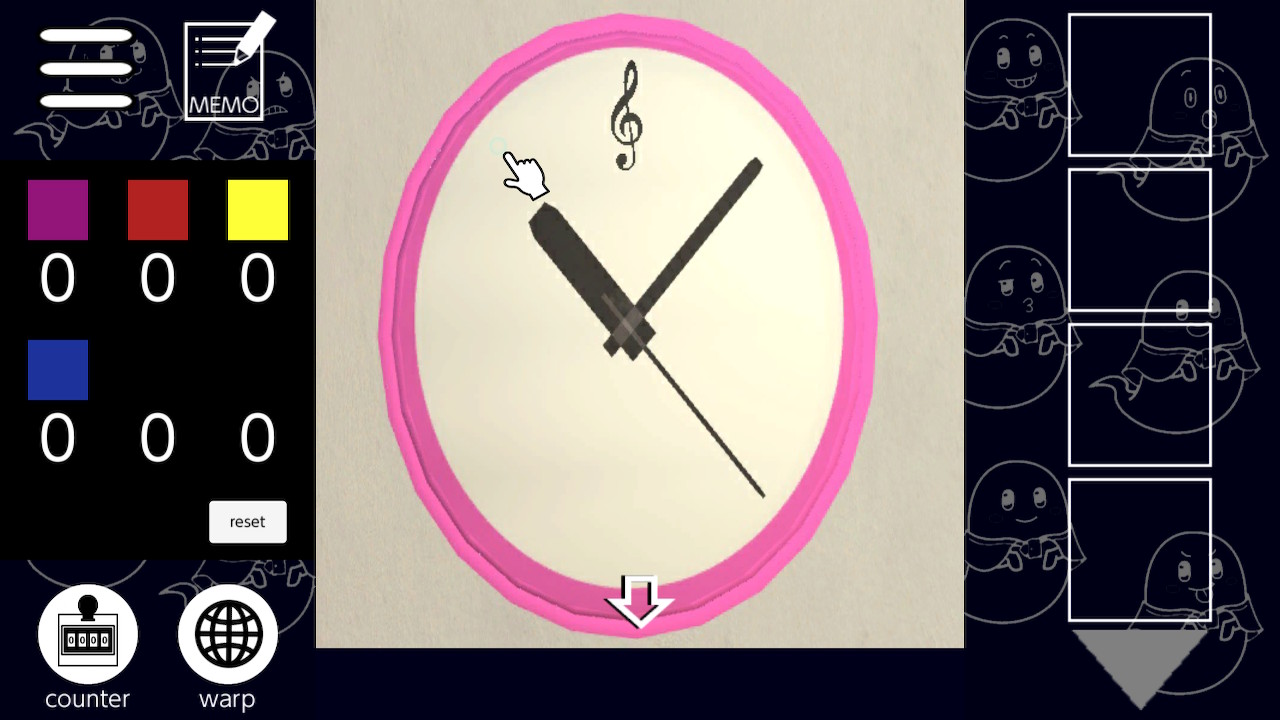
One of the most rewarding aspects of doing an Escape Room is when you enter the room and you see all this weird shit that makes no sense, until you start to solve the puzzles. Suddenly these weird, out of place things have a logic to them, and when you realize that, it’s like you just learned an entire new language, because you sort of did! You’re speaking the puzzle’s language, and it’s genuinely thrilling. Like when I was a kid and I learned how to say “fuck” in ten different tongues.
The one thing I don’t get is why they’re priced differently. The first one sells for $3. The second and third one (which is actually 2.5) sell for $4.90. The 4th and 5th one (which are numbered 3 and 4 sequentially) sell for $9. Mind you, the more expensive ones don’t offer more challenging puzzles or a longer experience. It’s such a nonsensical way of selling a game franchise and it’s bound to trigger confusion. These games seem to go on sale regularly, so if you’re only casually interested, you might be better served waiting for a sale. But seriously, don’t be one of those people who says “well it’s a mobile port and it’s ugly..” Gameplay is king! Take it from someone who has done over a dozen real life escape rooms in 2021: this accomplishes what those 3D escape room games haven’t come close to doing. The lack of physics allows you to FOCUS ON THE PUZZLES! That’s what it’s about! You can’t do that if you’re fumbling around with a camera or if the engine is unstable or you can’t examine items or can’t interact properly with the environment. All credit where it’s due to the Cape’s Escape Game series: it fucking gets it. It’s about the puzzles, stupid! And puzzles don’t require state of the art technology or graphics engines to do right. In fact, they get in the way more often than I do when we enter real escape rooms. HEY, AT LEAST I’M HONEST!

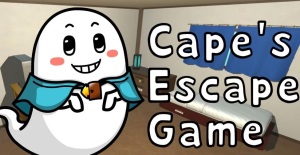 Cape’s Escape Games are developed by Alignment Sharp
Cape’s Escape Games are developed by Alignment Sharp
NINTENDO SWITCH STORE LINKS
Cape’s Escape Game
Cape’s Escape Game 2nd Room
Cape’s Escape Game 2.5th Room
Cape’s Escape Game 3rd Room
Cape’s Escape Game 4th Room
Each game was purchased at a discounted price.
This entire series is Chick-Approved and ranked as a single entity on the Indie Gamer Chick Leaderboard.
THIS REVIEW WILL BE UPDATED if any additional Cape’s Escape Games become an exception and are not worthy of wearing the IGC Seal of Approval.
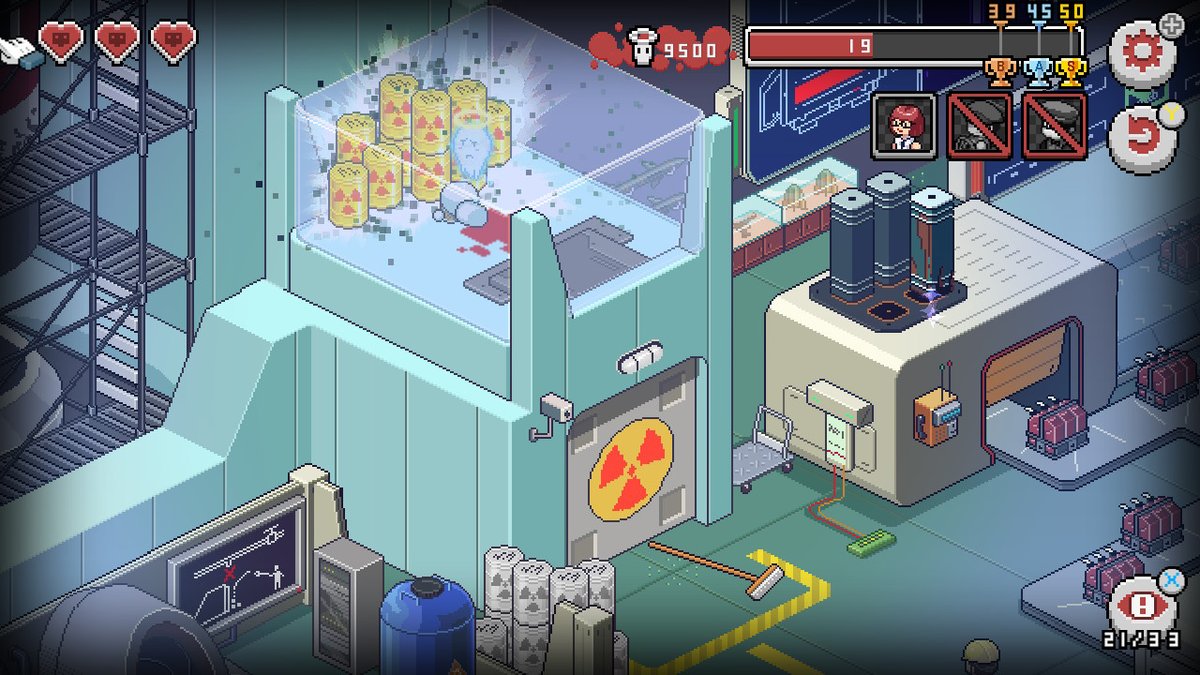
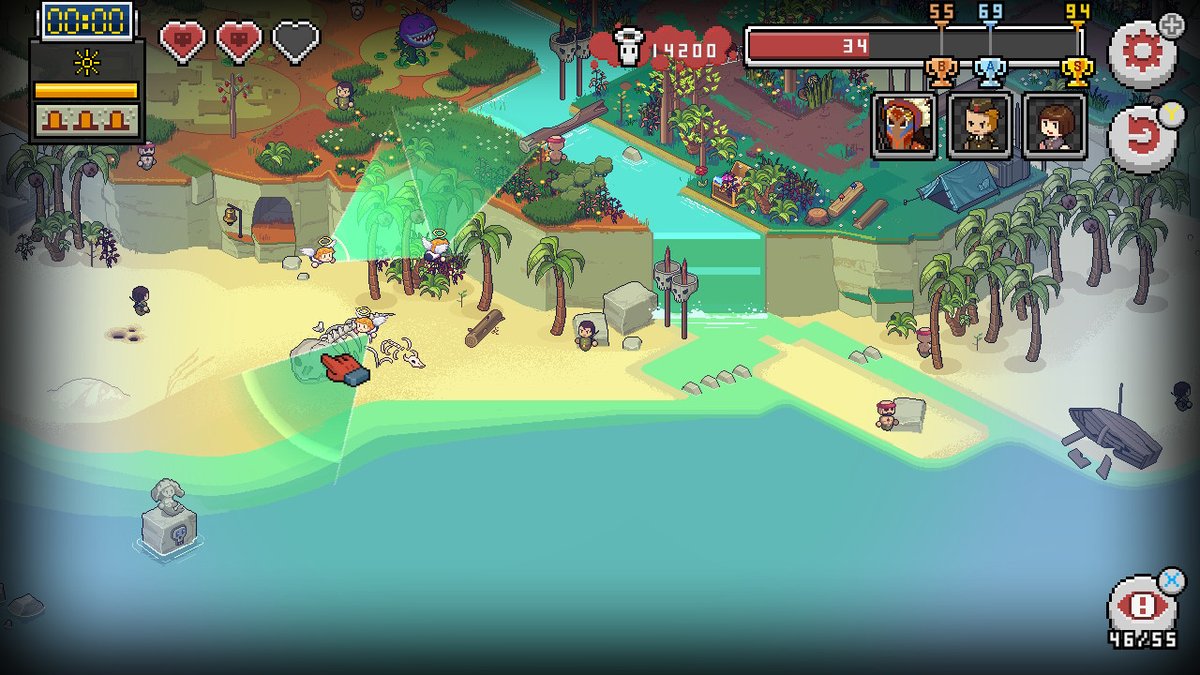

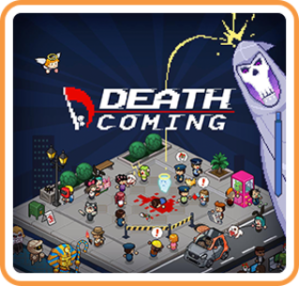 Death Coming was developed by NEXT Studios
Death Coming was developed by NEXT Studios $6.99 didn’t fear the reaper in the making of this review.
$6.99 didn’t fear the reaper in the making of this review.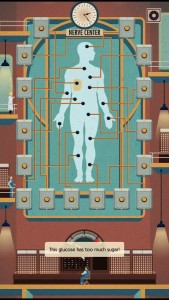



 Homo Machina was developed by
Homo Machina was developed by 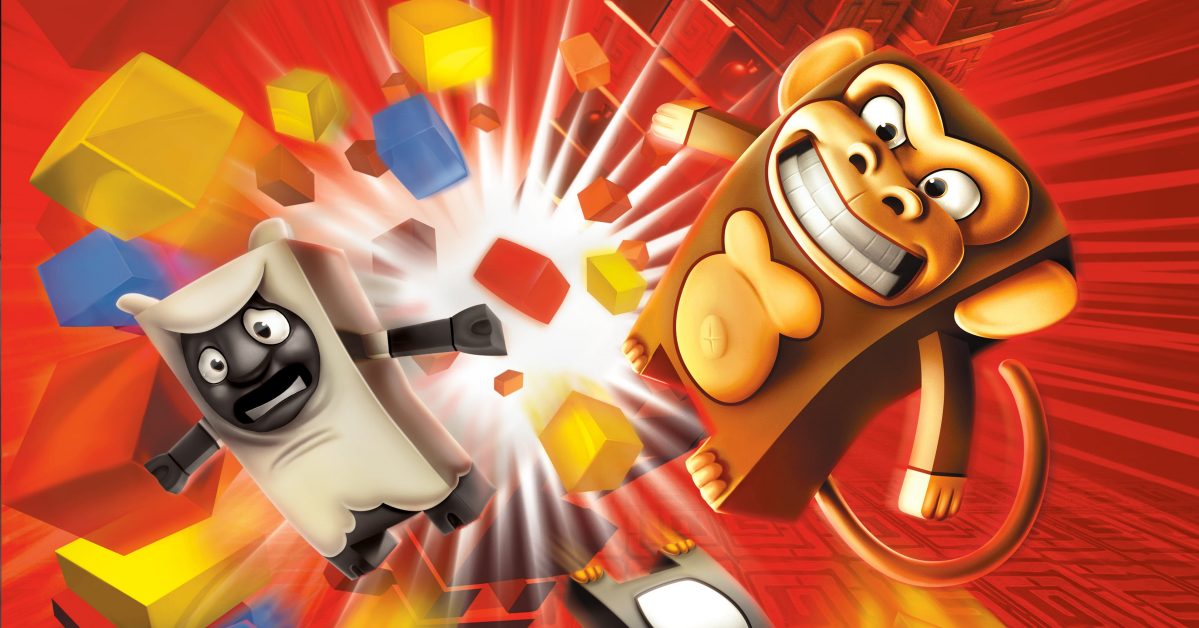

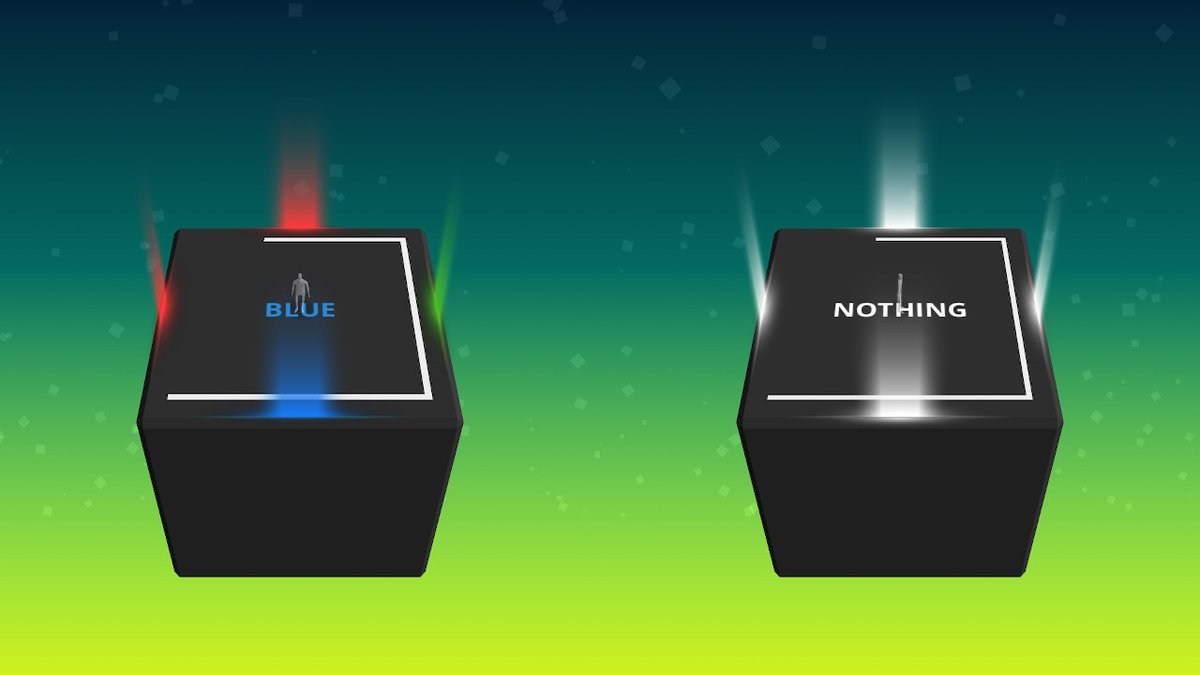
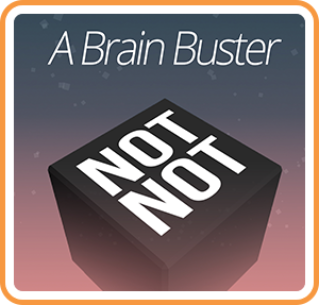 Not Not – A Brain Buster was published by QubicGames
Not Not – A Brain Buster was published by QubicGames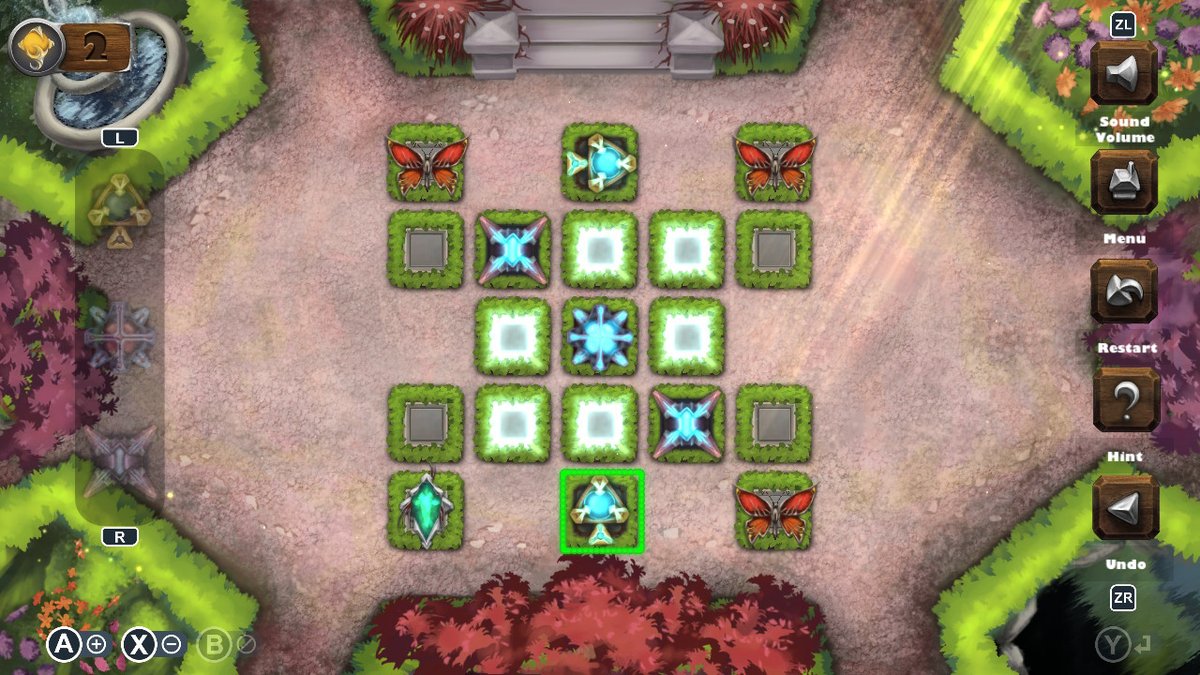
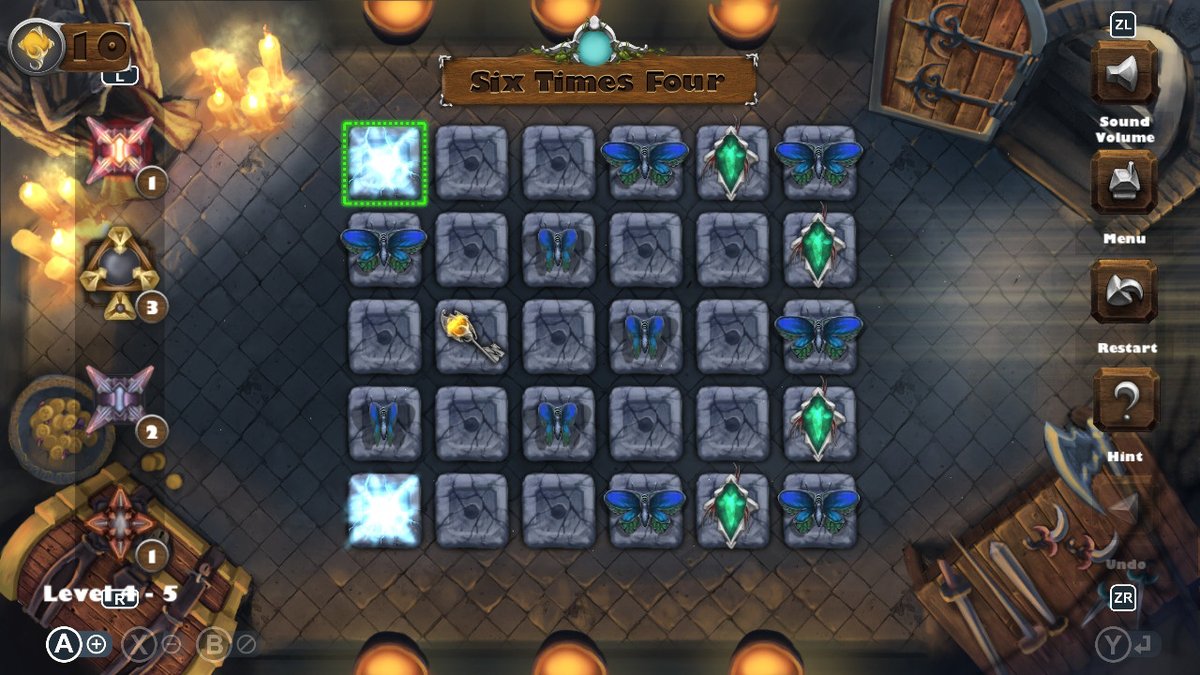

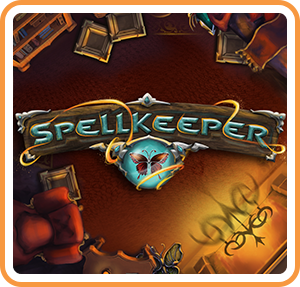 SpellKeeper was developed by Silesia Games
SpellKeeper was developed by Silesia Games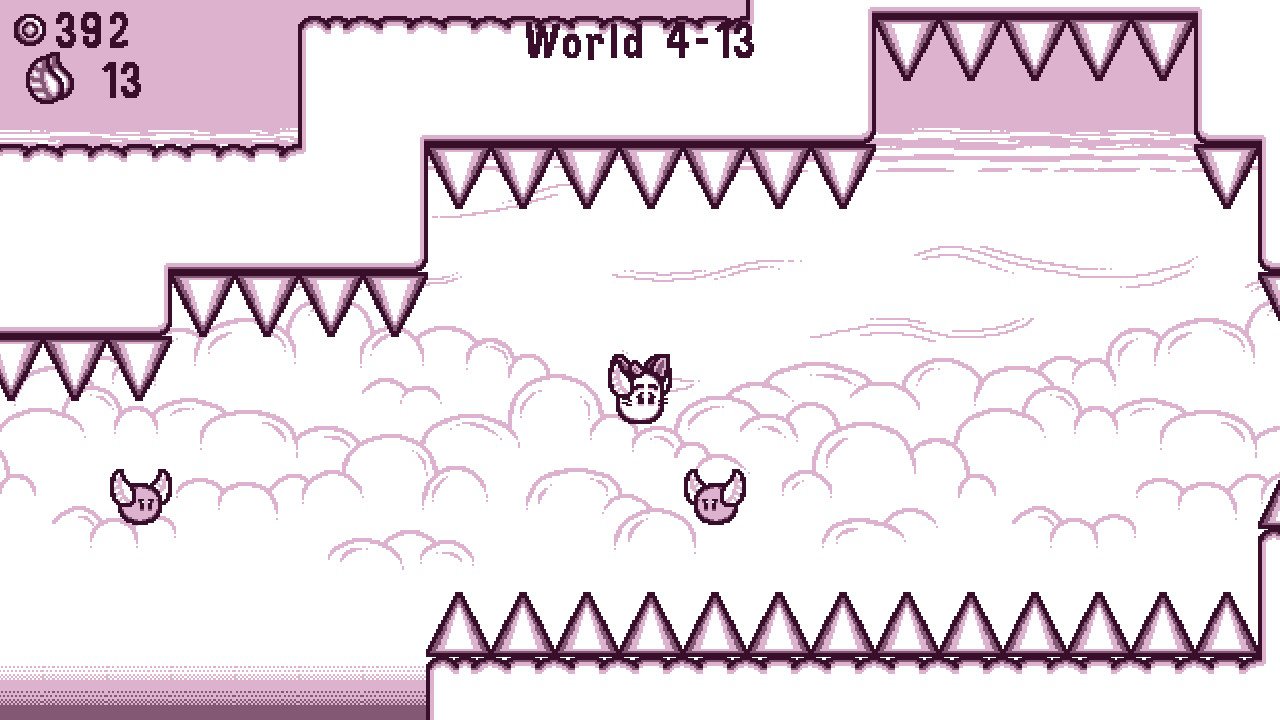
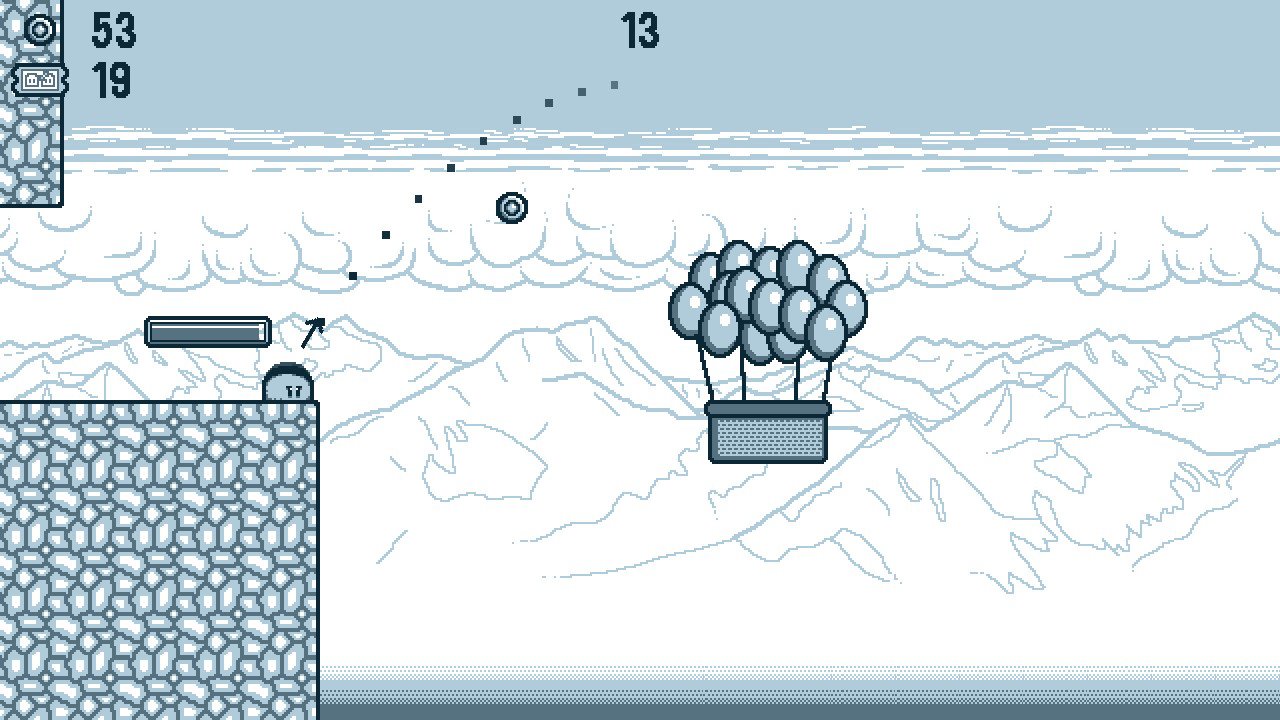
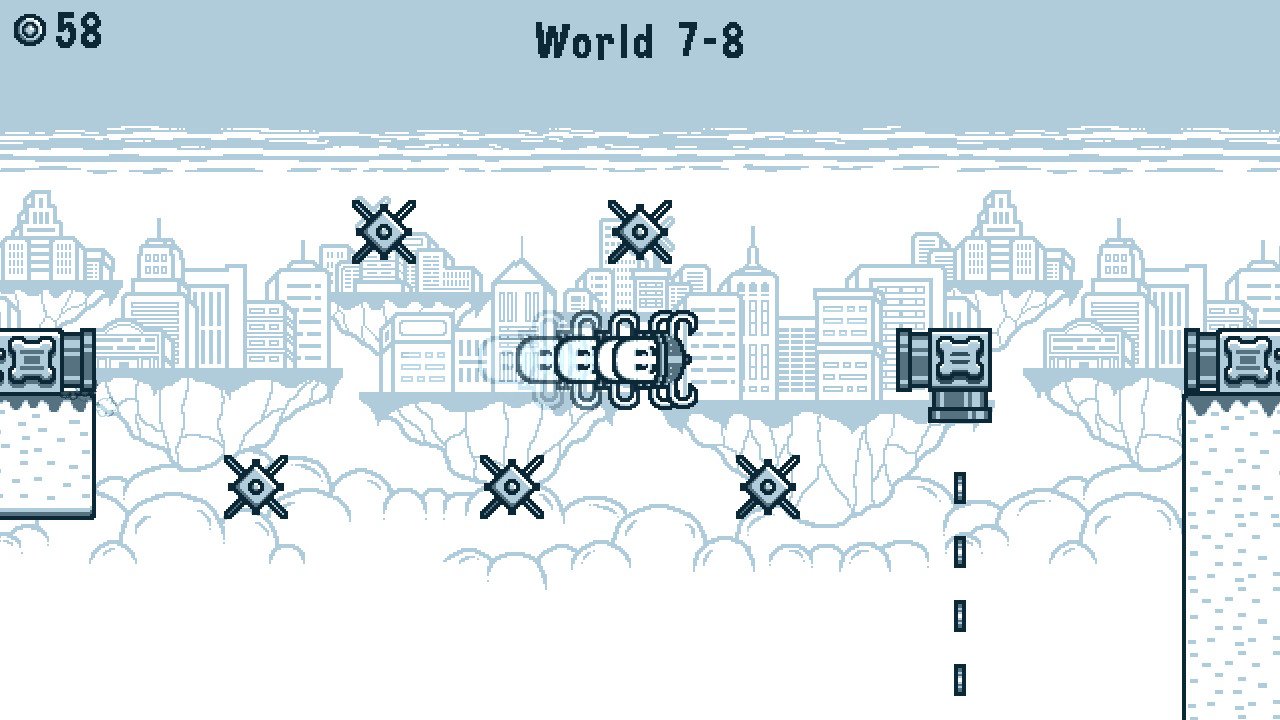

 Jack & Jill DX was developed by
Jack & Jill DX was developed by 
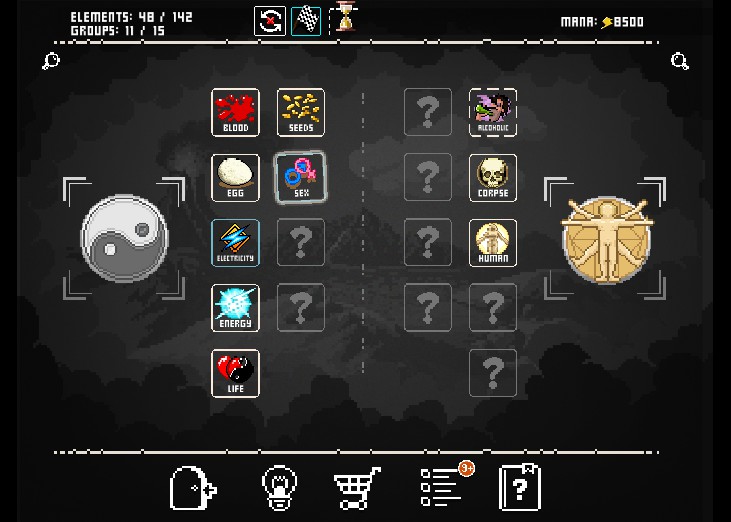
 Doodle God: 8-Bit Mania was developed by
Doodle God: 8-Bit Mania was developed by 
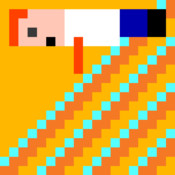

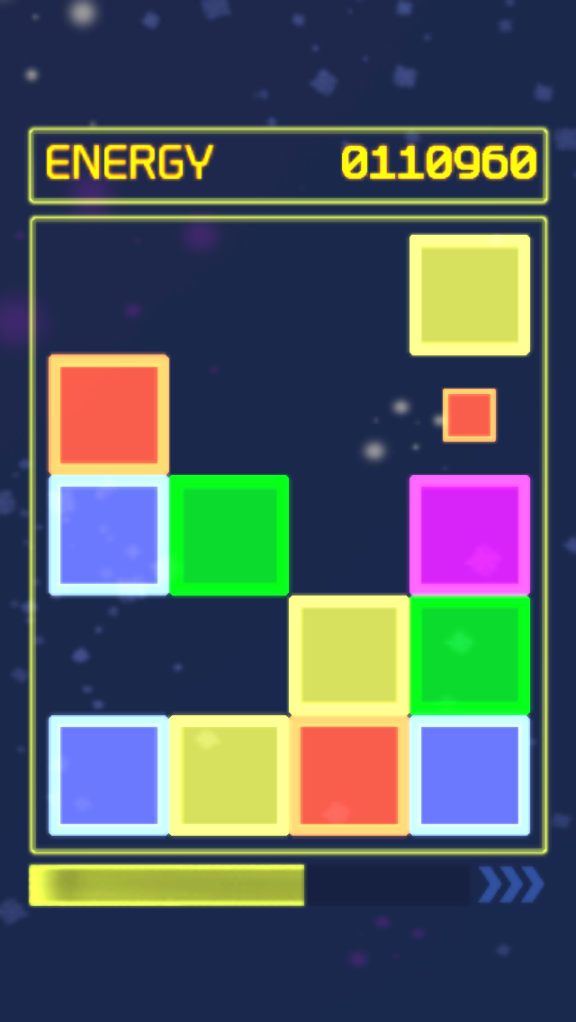
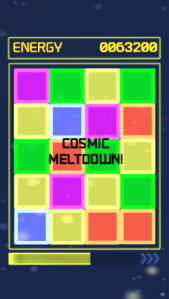



You must be logged in to post a comment.